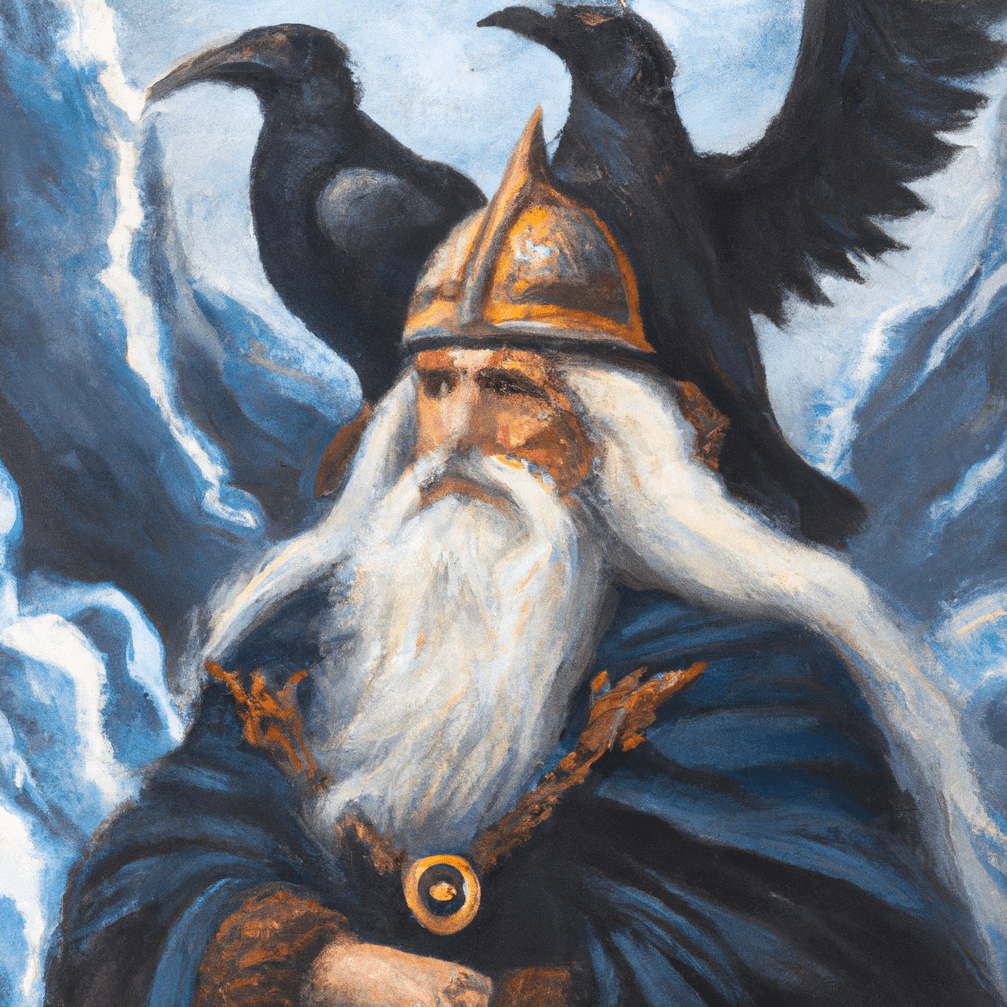The Yule Log: A Time-Honored Tradition of Light and Warmth
In the heart of winter, as frosty winds sweep through the northern lands, a tradition dating back centuries brings warmth and light to homes: the burning of the Yule log. This ancient custom, rooted in various cultures, has endured the test of time and continues to kindle the spirit of the holiday season. Join us as we delve into the history, symbolism, and rituals surrounding the burning of the Yule log.

The origins of the Yule log trace back to medieval Europe, where communities celebrated the winter solstice with festivities centered around fire. The log itself, typically a large, carefully chosen piece of wood, symbolized the hearth and the life-sustaining fire within the home. In Norse cultures, the Yule log was often part of the larger Yuletide celebrations, and its burning symbolized the return of the sun. In some Scandinavian traditions, a specific type of wood, such as oak or ash, was chosen for its sacred qualities.
The lighting of the Yule log was a ceremonial affair, signifying the triumph of light over darkness. In many traditions, the log was kindled using a fragment of the previous year's log, creating a symbolic link between the past and the present. As the flames danced and crackled, families and communities gathered around the hearth, basking in the comforting glow. The Yule log ceremony marked the beginning of Yuletide festivities that would last for 12 days, a time of reflection, gratitude, and hope for the future.
The 12 Days of Burning the Yule Log
Day 1: Lighting the Flame:
The first day of Yule marks the lighting of the Yule log, a symbolic gesture that heralds the beginning of the twelve-day celebration. Families come together, igniting the log with care, invoking the spirit of the season and setting the stage for the days to come. Since the same log had to burn for the 12 days to come, only one end was placed into the hearth while the rest of the log was laid out into the room slowly to be fed into the fire as it burns.
Days 2-6: The Gathering Glow:
As the Yule log continues to burn, its radiant glow symbolizes the growing strength of the returning sun. Families gather around the hearth, sharing stories, enjoying festive treats, and reveling in the warmth that emanates from the crackling flames.
Day 7: The Midpoint Revelry:
On the seventh day, the Yule log celebration reaches its midpoint. Communities often come together for larger gatherings, feasting on hearty fare and toasting to the joys of the season. The Yule log, now well-engulfed in flames, represents the halfway point in the winter journey.
Days 8-11: Embracing Tradition:
In the days that follow, families uphold various Yuletide traditions. Gift exchanges, acts of kindness, and expressions of gratitude become intertwined with the burning Yule log. The log serves as a focal point for reflection, reminding everyone of the interconnectedness of family, community, and the natural world.
Day 12: The Culmination:
As the twelfth day dawns, the Yule log celebration reaches its zenith. Families come together one final time to witness the last embers of the log's flame. This day is often marked by special rituals, whether it be the sharing of wishes for the coming year or the creation of charms from the remaining ashes, believed to bring good fortune.
Modern Interpretations of This Ancient Tradition
While the burning of the Yule log is commonly associated with Christmas in modern times, different cultures have embraced variations of this tradition. In France, the custom of the "bûche de Noël" involves a delicious Yule log-shaped cake, a nod to the traditional Yule log. In Catalonia, Spain, the "Tió de Nadal" or "Christmas log" is adorned with a smiling face and "fed" by children with treats in the days leading up to Christmas.

While the practical necessity of a Yule log for heating homes has diminished, the symbolic act of burning a Yule log persists in many households. Modern interpretations may involve a ceremonial log, adorned with festive decorations or even candles, which are lit in place of an actual fire. The essence of the tradition, however, remains unchanged – a celebration of light, warmth, and the enduring spirit of the holiday season.
The burning of the Yule log is a timeless tradition that transcends cultures and continents, weaving together the threads of history, folklore, and the human connection to nature. As we gather around the hearth, real or symbolic, and watch the flames dance, let us remember the ancient roots of this ritual and the enduring symbolism of light that it brings to our homes each winter.


